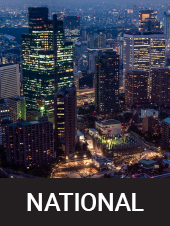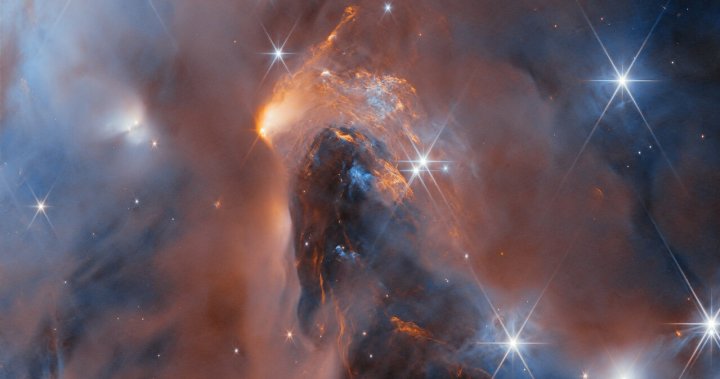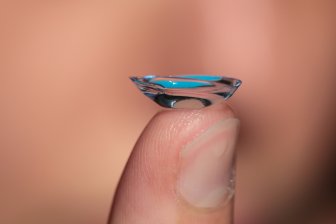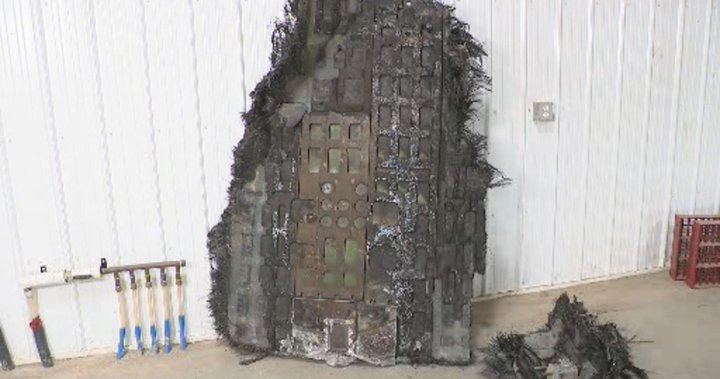The James Webb Space Telescope continues to make astonishing discoveries, this time pointing astronomers’ attention to six planet-sized rogue worlds that blur the line between planets and stars.
The rogue worlds, cosmic objects that don’t orbit stars, are all five to 15 times bigger than Jupiter’s mass and were spotted as the JWST peered into a star-forming nebula, a cloud of dust and gas, named NGC 1333, which is 960 light-years away.
Because these newly found objects are not orbiting stars, scientists believe they probably formed from the collapse of clouds of dust and gas, the same way stars like our sun are born.
The European Space Agency recently released new images of the region.
“Our observations confirm that nature produces planetary mass objects in at least two different ways,” Ray Jayawardhana, provost and astrophysicist at Johns Hopkins University, said in a release. “From the contraction of a cloud of gas and dust, the way stars form, and in disks of gas and dust around young stars, as Jupiter in our own solar system did.”

Get daily National news
Get the day’s top news, political, economic, and current affairs headlines, delivered to your inbox once a day.
Jayawardhana and his team are now studying whether these celestial bodies were actually brown dwarfs, the astronomic term for failed stars.
“We are probing the very limits of the star-forming process,” lead author and astrophysicist Adam Langeveld said. “If you have an object that looks like a young Jupiter, is it possible that it could have become a star under the right conditions? This is important context for understanding both star and planet formation.”
Of the six unique exoplanets, one stands out in particular, the researchers say.
It’s observed to have an orbital ring of dust similar to one that created a perimeter around our own solar system billions of years ago as it was forming, and the dusty disk is very much like the kind that circle stars and give rise to planetary systems.
“Those tiny objects with masses comparable to giant planets may themselves be able to form their own planets,” co-author Aleks Scholz explained.
“This might be a nursery of a miniature planetary system on a scale much smaller than our solar system.”
This stunning new mosaic of images from the NASA/ESA/CSA James Webb Space Telescope showcases the nearby star-forming cluster, NGC 1333.
NASA/ESA/CSA James Webb Space Telescope
A paper detailing the survey’s findings has been accepted for publication in The Astronomical Journal.
The JWST is the successor to the Hubble Space Telescope, which has not only provided stunning images, but has also been vital in providing scientific knowledge about our universe and its origins since its 2022 launch.
The JWST has a much larger primary mirror than Hubble (2.7 times larger in diameter, or about six times larger in area), giving it more light-gathering power and greatly improved sensitivity over the Hubble.
At the time of its launch, scientists believed the telescope would be able to peer back in time, possibly to 100 million years after the Big Bang. And they predicted that they would not only be able to look back into galaxies from that time, but also might be able to determine the composition of those galaxies.
With every new image put out by the telescope, it seems their predictions are getting closer to realization.
© 2024 Global News, a division of Corus Entertainment Inc.







